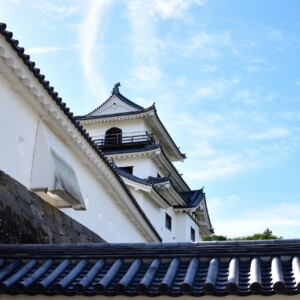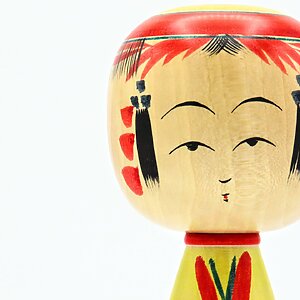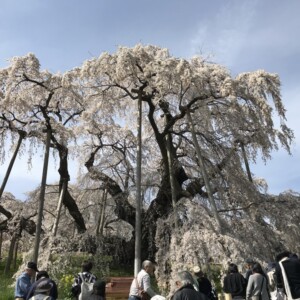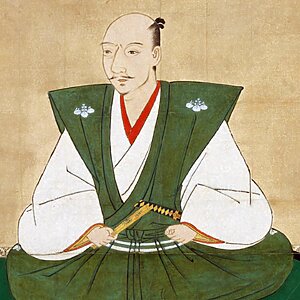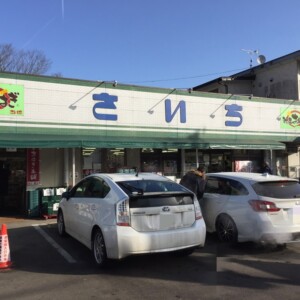
The history of the Tohoku Main Line, which runs north and south through the Tohoku region
table of contents
Until the Tohoku Shinkansen opened in 1982, many limited express trains and express trains ran on the Tohoku
Main Line which traverses the Tohoku region from north to south The Tohoku Main Line played an important role in moving people within the Tohoku region and between the Tokyo metropolitan area and the Tohoku region.
Aomori Station, the former terminus of the Tohoku Main Line, was connected to the Seikan Ferry, which also served as a link to Hokkaido.
it still plays an important role, providing transportation for commuting to work and school in each region, and carrying freight trains connecting the Tokyo metropolitan area with the Tohoku region and Hokkaido .
This time, I will explain the history of the Tohoku Main Line.
Japan Railway, the parent company of the current Tohoku Main Line
Japan's first railway opened in 1872 between Shinbashi Station and Yokohama Station.
This railway was part of the current JR Tokaido Line, and was a government-operated railway built and operated by the country.
Although the government-owned railways gradually expanded their route network, the construction of government-owned railways slowed down as the government did not have sufficient financial resources due to the Seinan War that occurred in 1877.
Railway construction was considered essential for the development of industry at the time, so there was a demand for early construction of railways between major cities across the country using private capital.
`Japan Railway , which is said to be Japan's first private railway, was established.
since this company was established as a semi-governmental, semi-private company that received generous government protection,
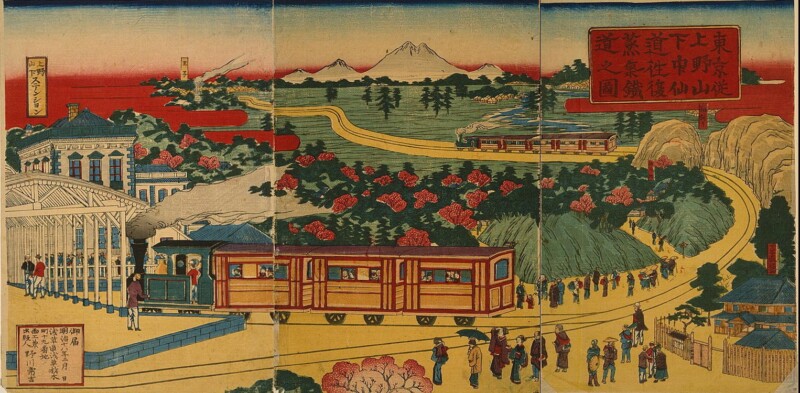
Japan Railways aimed to open routes that had been planned by government-run railways.
First, the section from Ueno Station in Tokyo to Kumagaya Station in Saitama Prefecture opened on July 28, 1883, and then the section to Maebashi Station in Gunma Prefecture (located on the west bank of the Tone River, different from the current Maebashi Station). It opened by 1884.
It corresponds to part of the current Tohoku Main Line, part of the Takasaki Line, part of the Joetsu Line, and part of the Ryomo Line.
Furthermore, in 1885, a branch line was opened in Tokyo from Shinagawa Station on the government-run railway to Akabane Station on the Japanese Railway.
This is part of the current Yamanote Line and Saikyo Line.
With the opening of the Japan Railway line, raw silk, an important export product for Japan at the time, could be transported by rail from paper mills in Gunma Prefecture to Yokohama Port in Kanagawa Prefecture.
Next, Japan Railway aims to
open a railway line to Aomori As a first step, Omiya Station will be opened in Saitama Prefecture and will serve as the junction between the current Tohoku Main Line and the Takasaki Line.
There was a plan to establish this branch point at the existing Kumagaya Station, but Omiya was chosen as the branch point because it would provide a shorter route to the Tohoku region.
Starting with the opening of the line from Omiya Station to Utsunomiya Station in Tochigi Prefecture in 1885, it was extended to Koriyama, Sendai, Ichinoseki, and Morioka, and on September 1, 1891, the Japan Railway line opened from Aomori Station in Aomori Prefecture. It opened until then, and a railway connected Ueno Station to Aomori Station .
At that time, the time required to travel from Ueno Station to Aomori Station was approximately 26 and a half hours.
As a side note, the Japan Railway line, which was opened at a rapid pace due to its importance for industrial development, is surprisingly not the first railway in the Tohoku region .
The first railway in the Tohoku region opened in 1880 in Kamaishi, Iwate Prefecture.
We will explain about this “ Kamaishi Railway
Furthermore, in 1898, a coastline linking Tokyo and Miyagi Prefecture via Mito Station in Ibaraki Prefecture was opened.
This corresponds to Joban Line
Japan Railways was nationalized in 1906 after the Russo-Japanese War under the Railway National Ownership Law, which stipulated that trunk railways should be nationally owned.
Although the company called Nippon Railway has ceased to exist, it can be said that the influence this company had on the history of railways in eastern Japan is extremely large.
In 1909, after nationalization, the lines opened by Japan Railways were given names such as ``Tohoku Main Line'' and ``Joban Line.''
Although the actual Tohoku Main Line already existed, this was the first time that it was given a name, which means that the Tohoku Main Line was born in both name and reality.
In 1925, the Tohoku Main Line was extended to Tokyo Station.
At this time, the section between Tokyo Station and Aomori Station was the section of the Tohoku Main Line, which was the longest line in Japan.
Even after the extension to Tokyo Station, long-distance trains connecting Tokyo and the Tohoku region generally began and ended at Ueno Station.
northern aorta
The Tohoku Main Line passes through several major cities in the Tohoku region and is the main route between Tokyo and Tohoku/Hokkaido , so it can be called the main artery of the north.
In 1906, express trains began running between Ueno Station and Aomori Station.
However, from Sendai south, you will need to go via the Joban Line.
It took about 19 hours to travel from Ueno Station to Aomori Station.
In 1908, an express train was introduced that ran the entire route from Ueno Station to Aomori Station via the Tohoku Main Line.
These trains connected to the Seikan Ferry at Aomori Station, and were also used as trains for people crossing to Hokkaido.
Express train operations were suspended due to the deterioration of the war situation during the war, but operations resumed after the war.
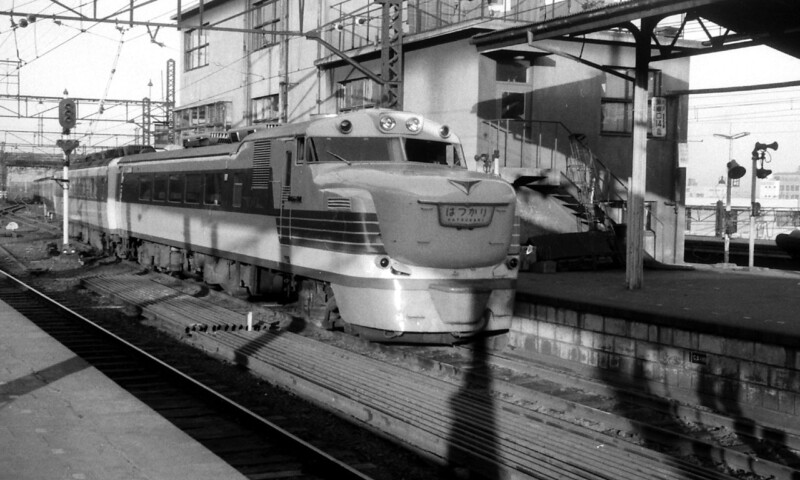
Author: vvvf1025, CC Attribution-ShareAlike 3.0
via https://commons.wikimedia.org/w/index.php?curid=30760192
In 1958, the first limited express train in the Tohoku region, Hatsukari , appeared between Ueno Station and Aomori Station.
This train also ran via the Joban Line south of Sendai.
Initially, it was a classic-style express train with a steam locomotive pulling passenger cars, but in 1960 it was replaced by the Kiha 81 series diesel car, which ran on diesel fuel.
I have explained about ``Hatsukari'' in another article, so please take a look there as well.
began
operating between Ueno Station and Sendai Station via the Tohoku Main Line , using the Kiha 82 series, a mass-produced version of the Kiha 81 series Adding the service areas of Hatsukari and Hibari, this means that limited express trains have begun running on almost the entire Tohoku Main Line between Ueno Station and Aomori Station
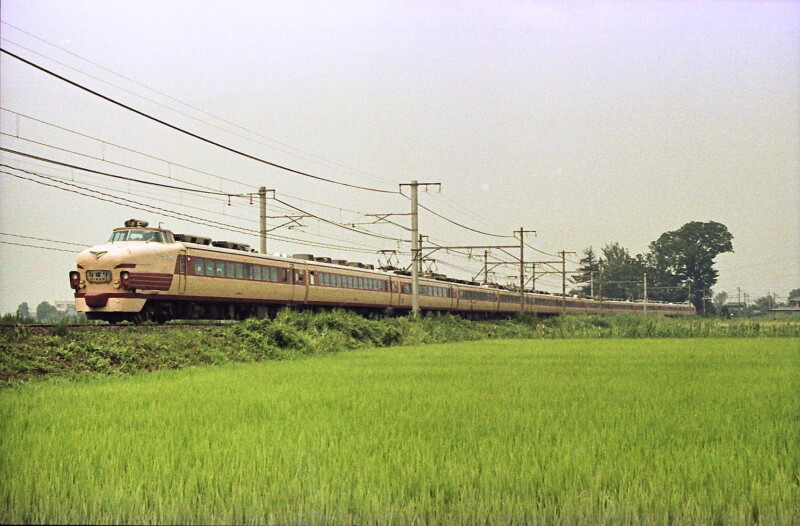
Author: Gohachiyasu1214 – Author's own work, CC Attribution-Share Alike 4.0, by https://commons.wikimedia.org/w/index.php?curid=88122151
In 1965, ``Hibari'' was replaced by the 483 series train (a type of prototype of the 485 series train, which is Japan National Railways' representative limited express train).
Additionally, since electrification south of Morioka Station has been completed and trains can now run, appeared
between Ueno Station and Morioka Station Furthermore, in 1968, as electrification of all sections of the Tohoku Main Line was completed, it was
replaced with the 583 series electric train, which could be used as a seat train during the day and a sleeper train at night. I did. At the time of the train conversion, it took 8 hours and 30 minutes for Hatsukari to travel from Ueno Station to Aomori Station.
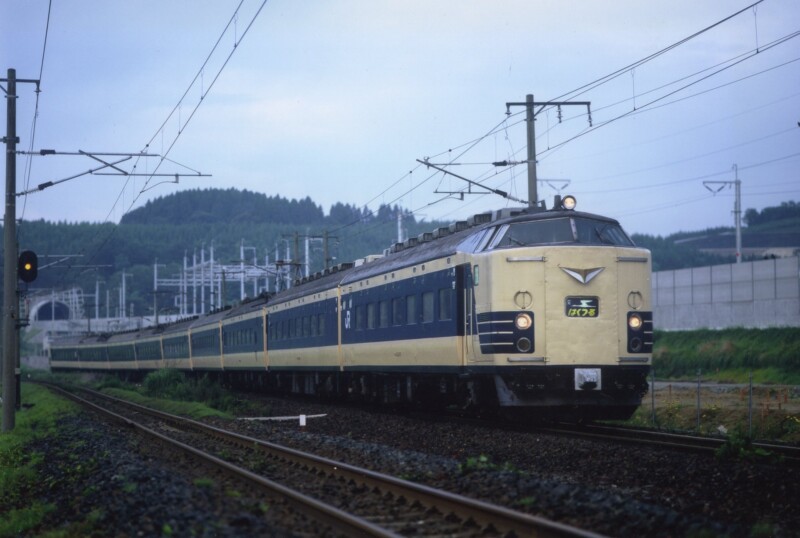
Additionally, since the Tohoku Main Line is a long route, night trains have also been in operation for a long time.
the Tohoku Main Line's first overnight limited express, the sleeper limited express ``Hakutsuru'', was introduced
between Ueno Station and Aomori Station Yuzuru , which connected the same section via the Joban Line, also appeared.
These trains were later replaced by 583 series trains.
In this way, the Tohoku Main Line continued to transport many people, day and night.
The Tohoku Main Line has played an important role not only in transporting people but also in transporting freight.
Tohoku Main Line after opening of Tohoku Shinkansen Morioka
In 1982, the Tohoku Shinkansen line between Omiya Station and Morioka Station opened.
Due to the timetable revisions in June and November of that year, most of the daytime limited express trains and express trains running south of Morioka Station on the Tohoku Main Line, such as Hibari and Yamabiko, were abolished.
The main role of the Tohoku Main Line became local transportation and freight transportation.
However, the limited express Hatsukari continued to operate north of Morioka Station.
In addition, overnight trains such as the sleeper express trains ``Hakutsuru'' and ``Yuzuru'' continued to operate.
In 1987, Japan National Railways was divided and privatized, and all sections of the Tohoku Main Line were inherited by JR East.
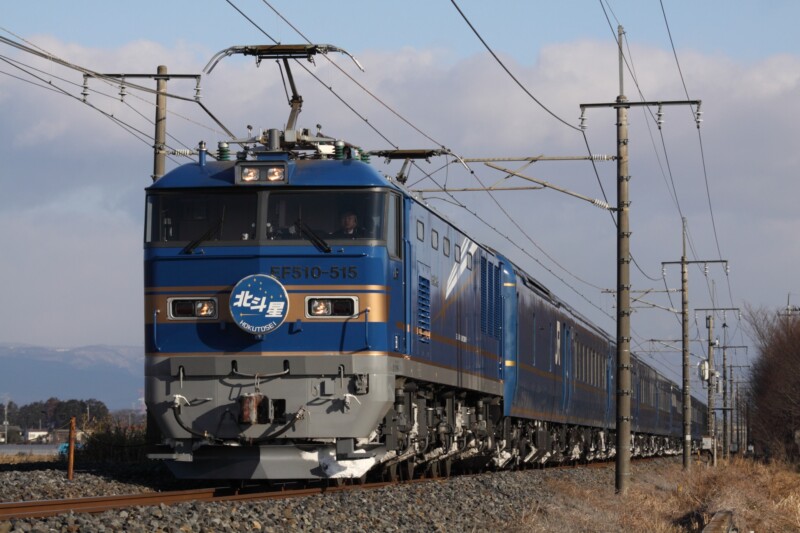
Furthermore, in 1988, the Seikan Tunnel, an undersea tunnel connecting Aomori Prefecture and Hokkaido, opened, and with this, a new sleeper express appeared.
"Hokutosei" connects Ueno Station and Sapporo Station in Hokkaido .
Of course, I went from Ueno Station to Aomori Station via the Tohoku Main Line.
I got on the train, had a meal in the dining car, stayed the night, and after leaving Ueno Station, I spent 16 hours on the train before arriving in Sapporo... It
was like a dream in hindsight that such a train was running every day. It was a time like that
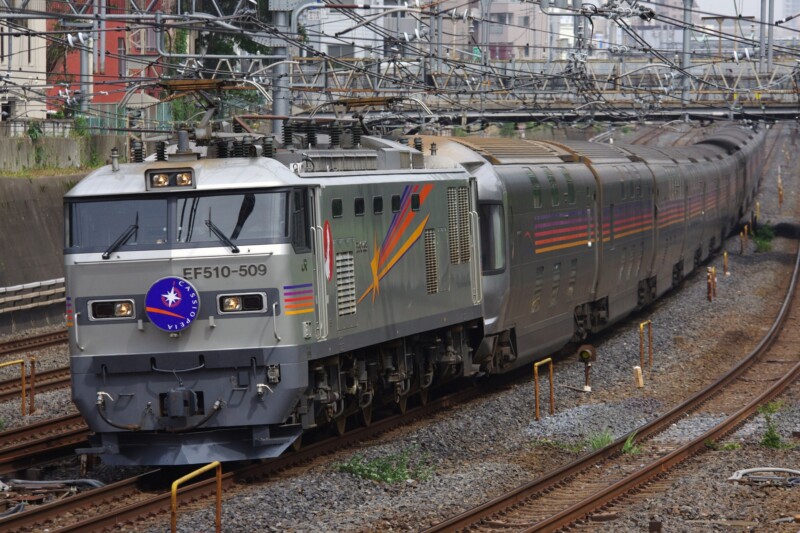
As the Hokutosei became extremely popular, a the Cassiopeia cars also began operating between Ueno Station and Sapporo Station in 1999.
However, in the 1990s, several night trains, such as the sleeper express ``Yuzuru,'' were abolished.
Shortening of the Tohoku Main Line due to the opening of the Tohoku Shinkansen extension
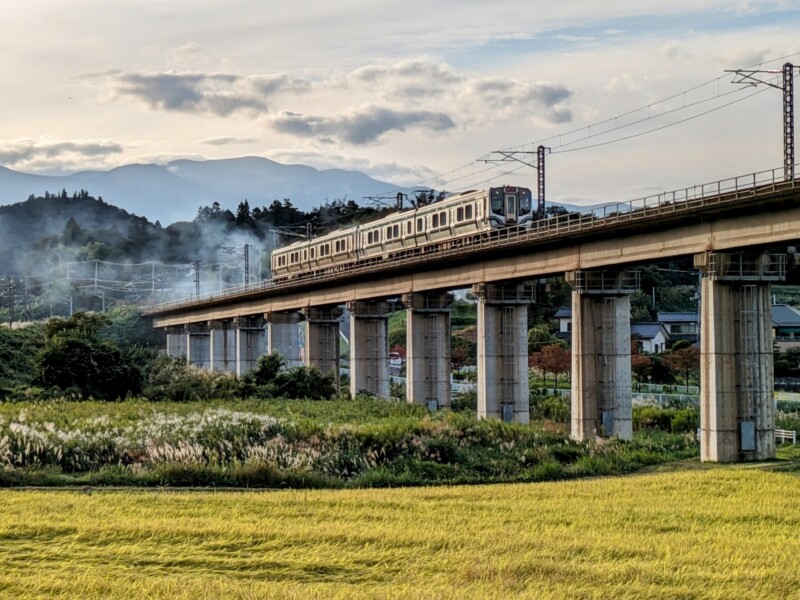
In 2002, the Tohoku Shinkansen was extended from Morioka Station to Hachinohe Station in Aomori Prefecture.
As a result, the Tohoku Main Line section parallel to the newly opened section was separated from JR East.
The line from Morioka Station to Metoki Station in Aomori Prefecture was transferred to IGR Iwate Galaxy Railway, a newly established third sector railway company, and the line from Metoki Station to Hachinohe Station was also transferred to Aoimori Railway . I am.
JR East's Tohoku Main Line has been divided into two sections: south of Morioka Station and north of Hachinohe Station.
At this time, the limited express ``Hatsukari'' and the sleeper express ``Hakutsuru'' were abolished.
In 2010, the Tohoku Shinkansen was extended from Hachinohe Station to Shin-Aomori Station, opening the entire line, and with this, was also transferred
from JR East to Aoimori Railway The Tohoku Main Line has been shortened to the line from Tokyo Station to Morioka Station.
The length of the line, which used to be the longest in Japan, has now been surpassed by the San'in Main Line and the Tokaido Main Line, and is now in third place.
In 2016, the Hokkaido Shinkansen opened from Shin-Aomori Station to Shin-Hakodate-Hokuto Station.
Around this time, the ceased
regular service As a result, limited express trains disappeared from most sections of the Tohoku Main Line.
The limited express trains currently operating on some sections of the Tohoku Main Line are only trains that connect directly to other lines, such as the Kusatsu-Shima, which connects directly to the Takasaki Line, and the Hitachi, which mainly runs on the Joban Line. , none of them can be called "limited express trains on the Tohoku Main Line."
When I think about the fact that there used to be limited express trains like Hatsukari that ran on the Tohoku Main Line, I feel a little sad.
However, there are also benefits to the elimination of express trains.
This is because it will be possible to increase the number of local trains and freight trains to compensate for the lack of express trains.
With these trains running, the Tohoku Main Line still plays an important role today.
summary
The Tohoku Main Line, which was built in the Meiji era as an essential line for the development of Japanese industry, has continued to play an important role connecting the Tokyo area and the Tohoku region.
When I see the unusually long platforms of the Tohoku Main Line at Sendai Station and Morioka Station, I feel a deep sense of wonder, ``Long trains like the Hatsukari used to stop here...'' Although
the role of long-distance passenger transportation has now been handed over to the Tohoku Shinkansen, the Tohoku Main Line still plays an important role in the lives of many people as it transports passengers in various regions and serves as a route for freight trains. It has become an indispensable presence


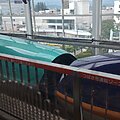


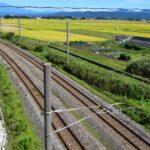
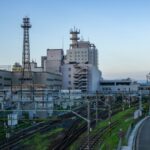
![[JR East Pass Trip: Part 2 of Day 2] After seeing Mokoshiji Temple, the remains of the soldiers' dreams, we returned to Sendai temporarily! Pure Land Garden at Mokoshiji Temple](https://jp.neft.asia/wp-content/uploads/2022/12/IMG_3853-1200x675-1-150x150.jpg)
![[JR East Pass Trip: Day 3] A day trip to Aomori Bullet Tour to foster your energy at home! Tsugaru Kokeshi at Shin-Aomori Station](https://jp.neft.asia/wp-content/uploads/2022/12/IMG_3878-1200x675-1-150x150.jpg)

![[JR East Pass Trip: Day 2 Part 1] I'm already turning back to Iwate. Our goal is Hiraizumi, a town of history! Shinkansen platform near Akita Station](https://jp.neft.asia/wp-content/uploads/2022/12/IMG_3940-1200x900-1-150x150.jpg)
![[JR East Pass Trip: Day 2 Part 2] Intensive exploration of Hiraizumi! World Heritage Sites: Chusonji Temple and Kinjido Chusonji Temple Information Board](https://jp.neft.asia/wp-content/uploads/2022/12/IMG_3829-1200x675-1-150x150.jpg)
![The area around Furukawa Station in Osaki City, the core city of the prefecture, is a treasure trove of Senbero Bars! [Miyagi Prefecture] Osaki Senbero](https://jp.neft.asia/wp-content/uploads/2023/11/74c9b76939cf38d9efc5c09db141049a-150x150.jpg)


